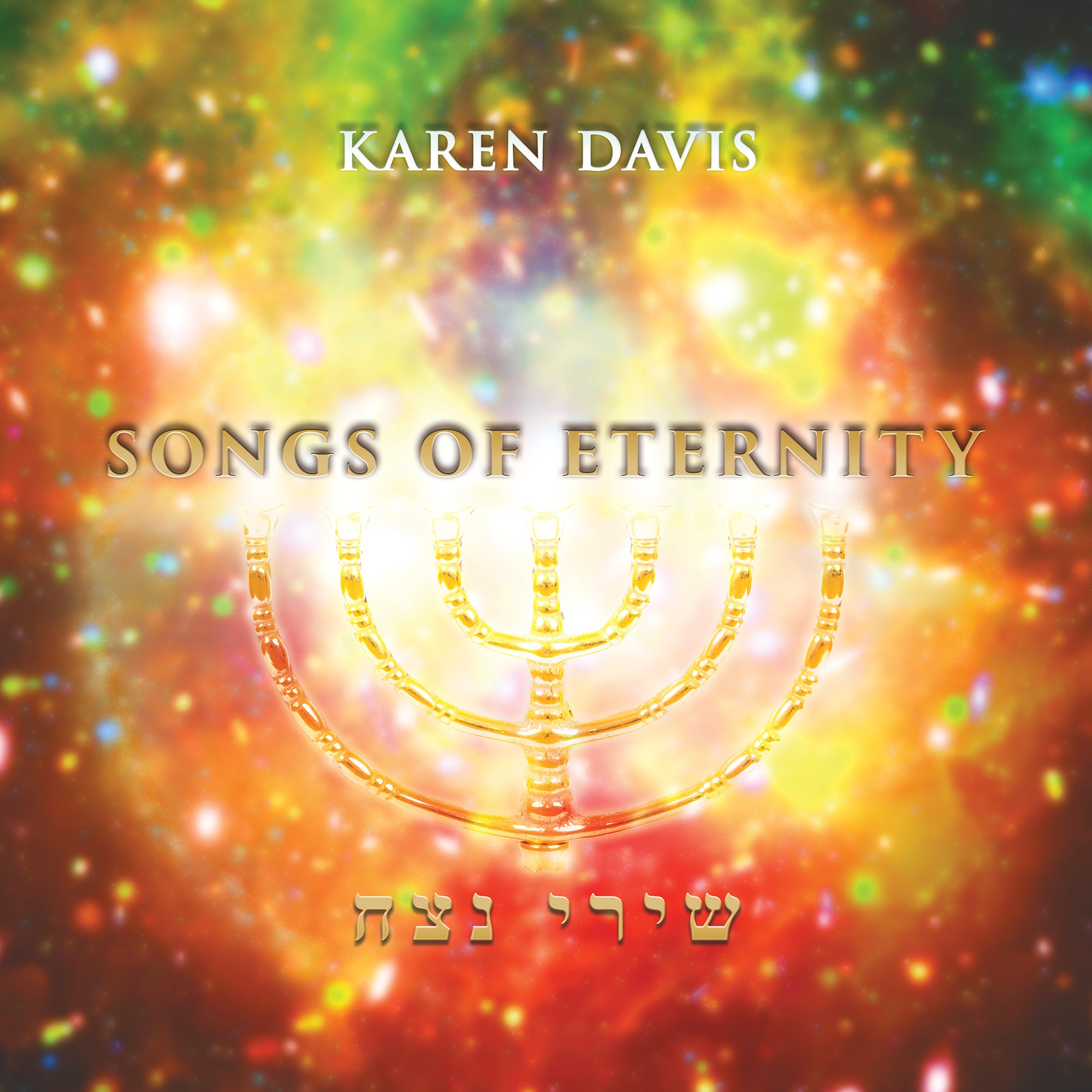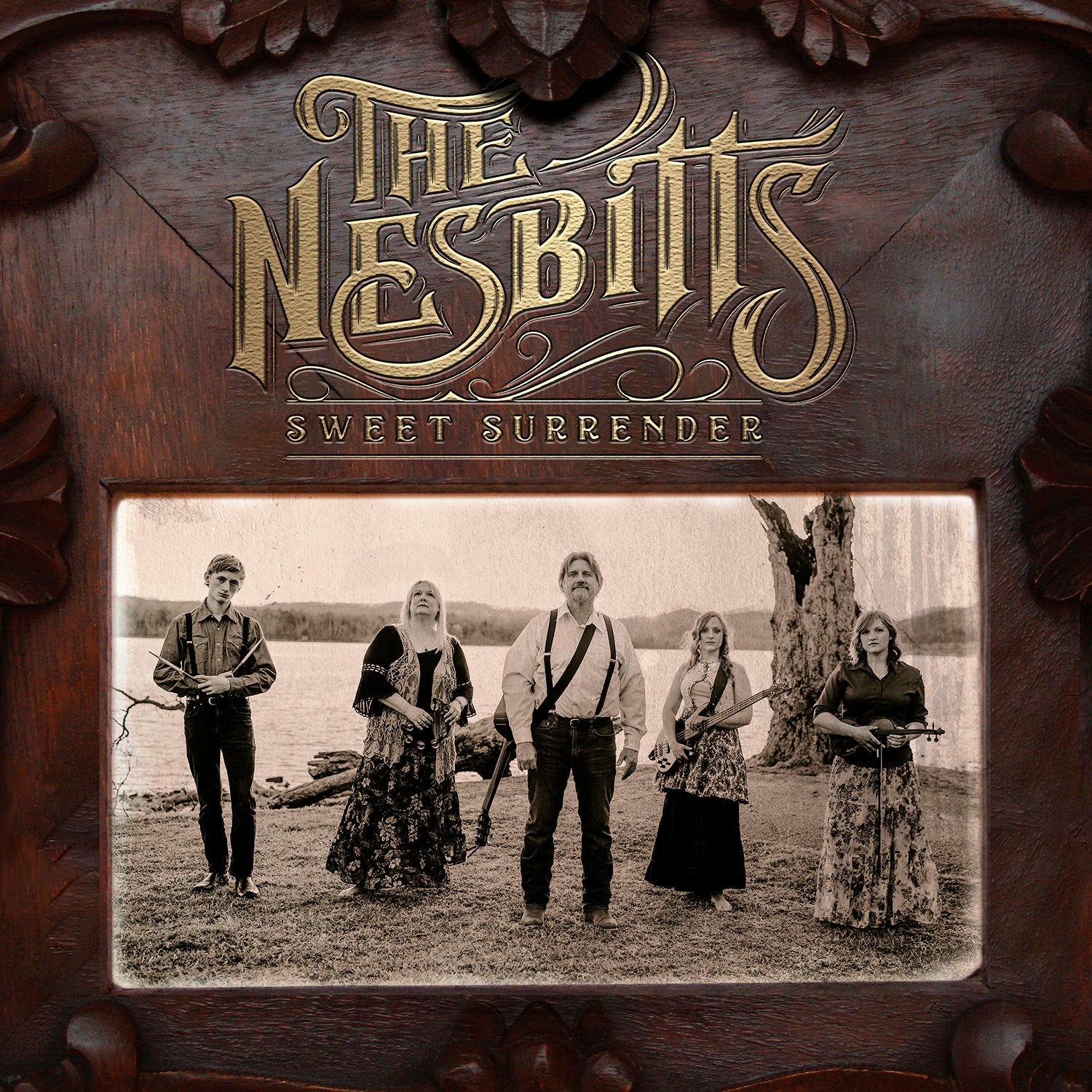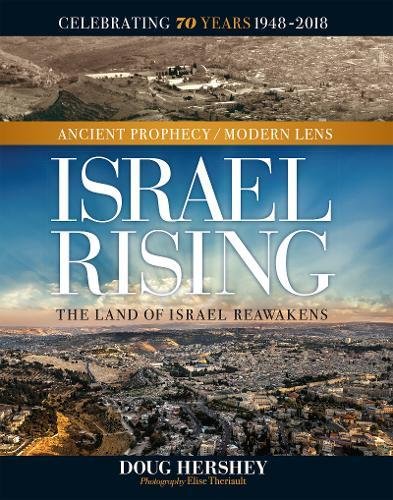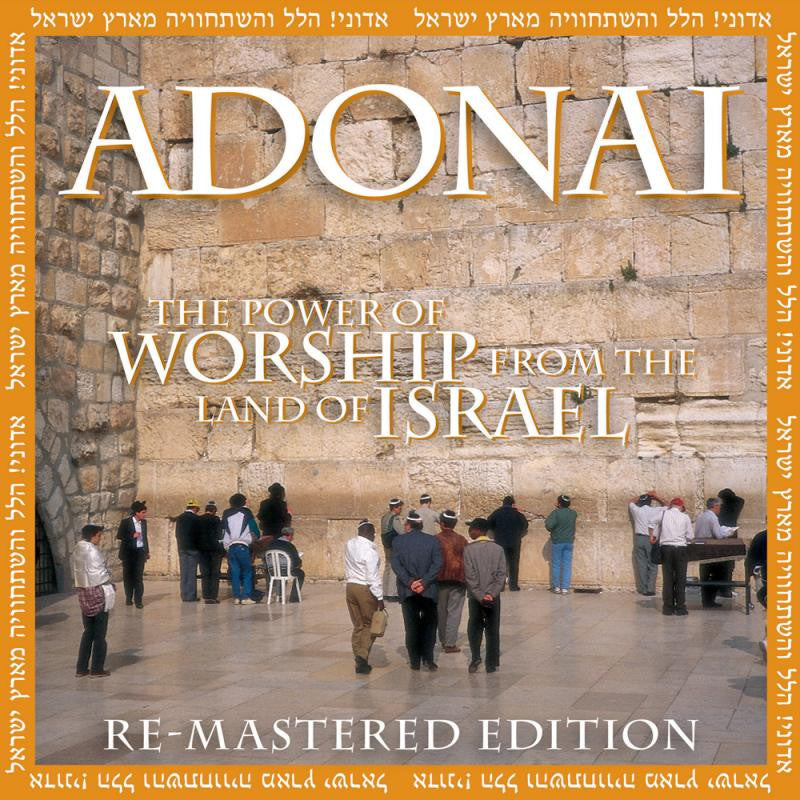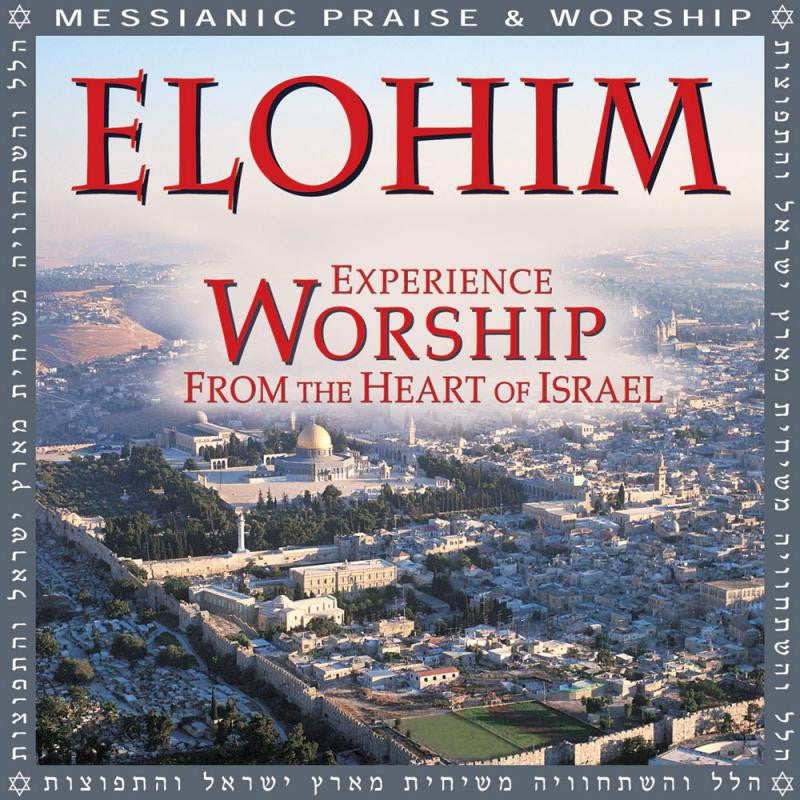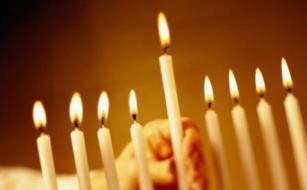When the sun sets on erev Yom Kippur arrives every year, many Jewish people--and a number of non-Jews who've joined themselves to the Chosen People by faith--embark upon a 25-hour journey of intensive fasting, prayer, self-reflection, and confession.
For some, this is a "last ditch" effort to make peace with God and with others they may have offended over the past year. It is truly a "now or never" scenario, for on Yom Kippur the fate of many lives will be "sealed" by God. Will their names be written in God's "Book of Life," thus ensuring the extension of their lives another year? Or, will their teshuvah ("repentance" or "returning") prove incomplete, and thus hasten their deaths? (Note: for a more complete understanding of the references to the "Book of Life" and "Book of Death," se e our Rosh HaShanah series.)
If you'll recall from Part 1 of this series, we discovered that God did indeed ordain a Day on which the sins of Aaron (and his priestly lineage that followed) and those of the children of Israel could be atoned for, thus sparing their lives. The stipulations were laid down in Leviticus 16. From that passage, we observed some very specific requirements made of Aaron in order to ensure God's People's atonement. Namely, we saw need for an innocent life to be sacrificed so that guilty lives would be spared. We discovered the need for blood to be shed, and for said blood then to be applied to the mercy seat, found within the Holy of Holies. Further, we ascertained that only one could make that sin offering--the High Priest--and that only after first bathing and clothing himself with holy garments.
What, then, has changed? Why is it that, today, Jewish people around the world are seemingly banking their hope NOT in God 's Biblically prescribed means of atonement--that is, the "blood that makes atonement for the life" (Leviticus 17:11)--but rather in their own works? As we saw in Part 1, the answer should be clear enough: without a temple--and the Jewish people have been without one since 70 AD-- there is nowhere to perform the ancient Yom Kippur rituals. So, ever since the first century, Rabbis have proposed an array o f solutions to help them try to solve the dilemma. What are some of those supposed solutions? And what can we, as Messianic believers, learn from them? The three categories under which most all of the modern Jewish observances of Yom Kippur fall are: Tefilah (prayer), Teshuva (repentance), and Tzedakah (charity). While the practices adopted over the centuries are many, we'll only look at a few of them today.
The Humbling of the Soul
Leviticus 23:27 orders the people of Israel to set aside this day for the "humbling [or "afflicting"] of [their] souls." This is a call for the Jewish People to fast specifically from food, although it is not uncommon for the observer to abstain from water and "from all luxuries. ..no unnecessary bathing, entertainment, etc." (Barney Kasdan, God's Appointed Times ). This "self-affliction" is not intended to be "self-punishment" for the sins one has committed, but instead serve to heighten the individual's spiritual sensitivity.
Fasting is a profitable and commendable, but far too often neglected, practice. Yeshua Himself expected that His people would fast, placing fasting right alongside praying and giving in His famous "Sermon on the Mount." Furthermore, He said that "when the Bridegroom goes away, the friends of the Bridegroom will fast” (Mark 2:20). On Yom Kippur, while Jews around the world are "humbling [their] souls," we encourage you also, to enter in to this blessed and Holy day with fasting and prayer.
For those of you who do decide to join in fasting on Yom Kippur, you may want to consider first participating in a late-afternoon meal on Erev Yom Kippur. Traditionally, in preparation for the 25-hour fast, observant families will enjoy a meal well before sundown on Tishri 9. Tables are often set with white linen cloths, symbolizing purity and forgiveness, bringing to mind God's promise-- “...though your sins be as scarlet, they shall be as white as snow” (Isaiah 1:18)
Synagogue Services
It is obligatory for an observant Jew to attend five or more separate synagogue services on Yom Kippur. At the services, the worshiper will spend his or her time mostly praying and listening to a variety of chants. The recitations are intended to bring the person's mind and soul in alignment with the themes of repentance, forgiveness, confession, and reconciliation (i.e. with God and neighbor).
The two most meaningful services for the observant Jew are, perhaps, Kol Nidre --which is the first of the services and takes place on Erev Yom Kippur--and the Ne'ilah service, the conclusion of which ends the Holy Day's ceremonial fasting and praying.
Kol Nidre is considered to be "the most holy occasion of the spiritual year" (Kasdan) by many Jews. On this evening, when Kol Nidre chants are uttered, the hope is that any inappropriate vows taken in either the previous or the coming year would be deemed null and void by God. This practice has its origins in the Middle Ages, when man y Jews had been unwillingly forced into the church. The custom of Kol Nidre was adopted by Jews who wanted to remain connected with their people in spite of their forced conversions and accompanying false confessions. Tellingly, prior to a Kol Nidre service "the Aron Hakodesh (Torah cabinet) is left open while the Torah scrolls are carried around the synagogue...to indicate that the Gates of Repentance are open." (Parsons)
Ne'ilah is translated as "closing" or "locking." This final service of Yom Kippur is meant to symbolize the spiritual "closing" of the Gates of Heaven, or "sealing" of the Book of Life. At this time, the verdict is final for the life of the Jew: if successful in his or her teshuva, tefillah, and tzedakah , then life is extended for at least another year. If not, death awaits.
Thankfully, those who are purchased by Messiah Yeshua's blood have been forever "sealed" with his Spirit (Eph. 1:13), ensuring our names’ inscriptions in His Book of Life and entry into our heavenly inheritance!
Shabbat Shabbaton
Of seven Holy Days prescribed by God in the Bible to be days of "complete rest"--i.e. Rosh HaShanah, Yom Kippur, two days of Sukkot, two days of Passover, and the day of Shavuot--Yom Kippur has taken precedent as the "Sabbath of these other Sabbath days, that is Yom ha-kadosh , ‘the holy day’" (Parsons). Like the other Holy Days, violation of the command to set aside all work on Yom Kippur is punishable by death, according to Jewish sages.
As Yeshua's followers, we rest in His finished work at Calvary. Yet, we do embrace the Sabbath, knowing that this is God's gift to man. In observing Yom Kippur as the Holiest of all Sabbaths, we aim our attention Godward, dwelling on His holiness and redemption through the blood of Messiah that allows our access into His Presence.
Kapparot
The need for bloodshed as atonement for the soul has not been altogether dismissed, even in the absence of the Temple. In fact, a ceremony labeled Kapparot (atonements) was taken up by Charedi and Chasidic Jews as a means of fulfilling the blood requirement. In this practice, a rooster or a hen--presumably in place of the goats required in Leviticus 16--is taken and "swung around the head three times, while the following declaration is made: ' This fowl shall be in my stead, shall be my atonement, it shall go to death, so that I can attain a good life and peace .'" (Parsons) After the hen-swinging ritual, the bird is slaughtered. Then, it eventually finds its place at the home of a less fortunate Jewish family, who will in turn enjoy the meat as part of their Erev Yom Kippur meal.
Today, a modified version of Kapparot entails an Orthodox Jew simply "giving tzedekah (charity) to the poor" in the belief that " tzedekah can avert the evil decree" (Parsons).
Conclusion: Blood is still required
Fasting; faithful attendance of congregational services; laying aside our work to focus on God; giving to the poor--all of these are beneficial to ourselves, and to others.
Yet none of them nullify the commands of God concerning the Day of Atonement, that a blood sacrifice had to be paid. In reference to the Kapparot ceremony, John Parsons says the following:
"The Kapparot ceremony is...a clear acknowledgement of the authority of Leviticus 17:11, the key verse of substitutionary atonement given in the Torah: 'For the life of the flesh is in the blood, and I have given it for you on the altar to atone for your souls, for it is the blood that makes atonement for the life.' A person who studies and believes the written Torah understands the clear need for blood atonement--notwithstanding the rationalizations developed by later rabbinical Judaism."
We'll give this a more thorough look in our third and final installment of this special Yom Kippur series...
In the meanwhile, here are a few prayer points:
- God, give me the grace and strength to fast, to forfeit some legitimate pleasures for a time in order to experience the greater pleasure of drawing near to You.
- On Yom Kippur, Lord, reveal to many of Your Jewish people that true and everlasting rest is available to them in Messiah Yeshua.
- Father, show us how precious that blood is that was shed for my sins and those of the world, the invaluable blood of Your Son, Yeshua.



